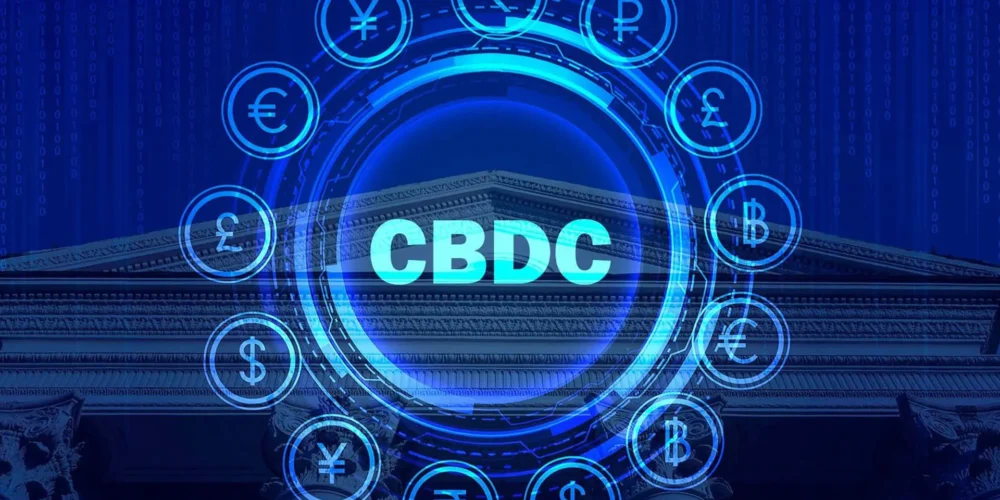India Introduces Digital Currency – What You Need to Know
India has launched a digital currency that is gaining popularity among users. Over 5 million people have joined the pilot program of the central bank’s Central Bank Digital Currency (CBDC), marking a significant step in the world of digital finance.
Support from the Financial Sector and the Goals of the Pilot Program
The pilot program is supported by 16 major banks, indicating the financial industry’s enthusiasm for adopting technological innovations in the realm of monetary operations. The initiative is led by the Reserve Bank of India, aimed at testing and understanding the details related to the introduction of a national digital currency.
Cautious Approach and Future Plans
RBI Governor Shaktikanta Das emphasized a cautious approach to the full implementation of the retail CBDC during a conference in Bengaluru. He stressed the importance of understanding the broad implications before making decisions on extensive deployment of the digital currency.
Progress in the Development of Retail and Wholesale Digital Currencies
India has made significant progress in developing retail and wholesale digital currencies over the past year. The Reserve Bank of India continues to explore various features, such as the ability to make offline payments and programmability aspects in the design of digital fiat money, to revolutionize the integration of traditional banking services with daily needs.
Planned Experimental Features of the Digital Currency
Pursuing innovations, RBI plans to introduce new experimental features such as anonymity and offline transaction capabilities. These changes could set new standards for balancing user privacy with regulatory requirements, shaping the future of digital payments in India.





